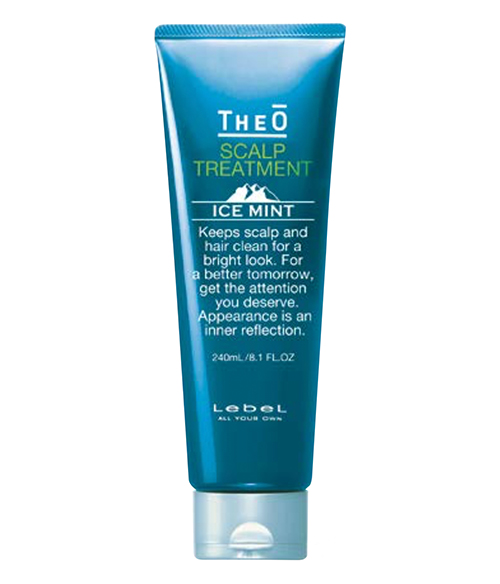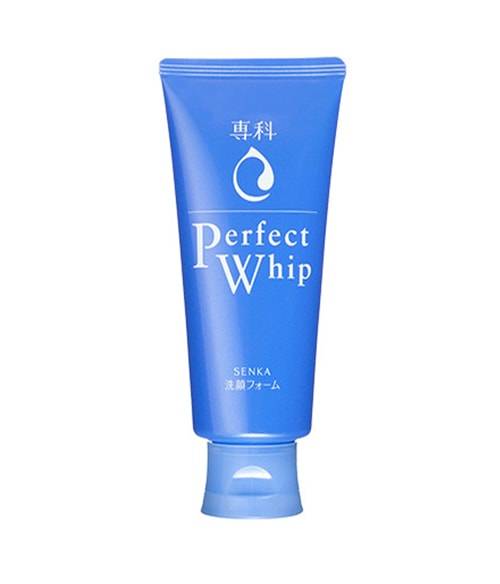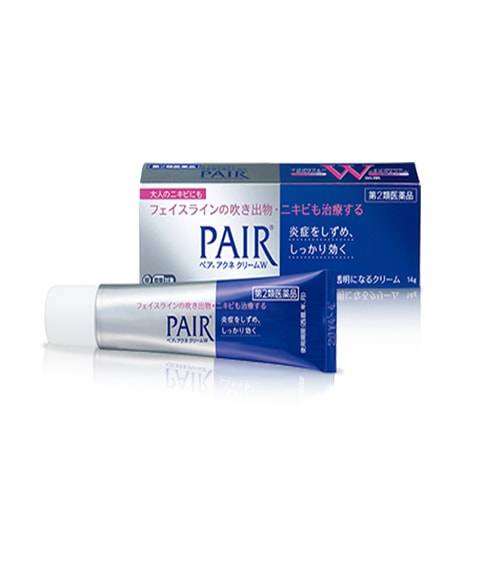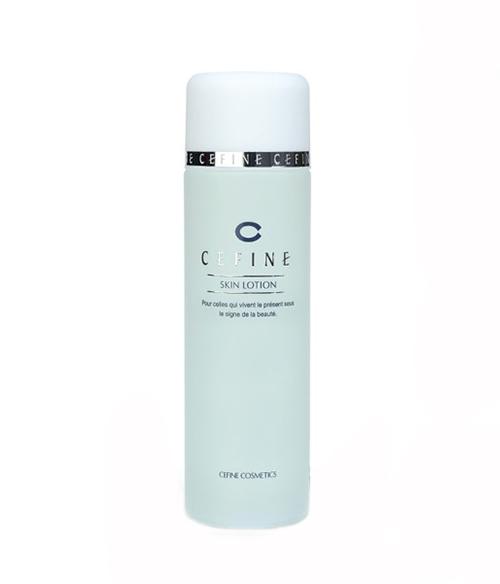Японская и корейская косметика: разница

Согласно выводам экспертов-косметологов, азиатская косметика вполне подходит европейским женщинами, хотя изначально была предназначена для женщин-азиаток, кожа которых более склонна к возникновению акне, а слой рогового эпидермиса на порядок толще. В нашей статье мы рассмотрим основные отличия 2 стран - производителей косметики: Японии и Южной Кореи.
Для начала, обратим внимание на традиции. В то время, как корейская косметика стремительно начала своё развитие, ориентированное на мировой рынок, относительно недавно, японские средства давно и прочно занимают лидирующие позиции и, более того, являются основополагающим примером азиатского ухода за кожей и волосами. В корейской косметике практически все нацелено на привлечение как можно большего количества покупателей: экзотические элементы, эффектный кричащий дизайн флакончиков, тюбиков и коробочек. Часто такой подход напрямую срабатывает в ущерб качеству.
Тенденции японской косметики
В то же время Япония установила свои собственные направления в сфере косметики, а популярные бренды не гоняются за модными мировыми тенденциями и признанием на мировом рынке, хотя оно, бесспорно, имеется. Кстати, о экзотических составляющих корейских косметических средств, например, пчелиного и змеиного ядов, муравьиного спирта и слизи улитки. Доподлинно неизвестно какие последствия они будут иметь для европейского типа кожи.
В Южной Корее разрешается использовать более полутора десятка ингредиентов, применение которых запрещено Европейским Сообществом, в основном это канцерогенные компоненты, которые отличаются почти мгновенной эффективностью, но часто непоправимыми последствиями для кожи и здоровья организма в целом.
Что касается популярного улиточного крема, действие цитокинов, входящих его состав, недостаточно изучено на сегодня.

В целом, разница между японскими и корейскими производителями косметики ещё и в трепетном отношении к научным исследованиям и контроле качества. Японские косметические концерны, в отличие от корейских, выделяют несоизмеримо больше средств на исследования и разработки, чем на дизайн. Конечно, корейские производители косметических средств тоже имеют свои исследовательские лаборатории, но при этом большинство брендов предпочитают не тратится на своё производство, а приобретают уже готовую основу, и просто добавляют свои составляющие. В то время, как для японцев понятия здоровья и красоты - единое целое. Они приравнивают свои косметические средства к фармакологическим, поэтому ведут строжайшие проверки как в процессе производства, так и проходят все необходимые этапы государственного контроля качества прежде чем отправить продукцию на реализацию.
Что лучше японская или корейская косметика?
Японская косметика по праву считается на порядок менее аллергенной по сравнению с другими брендами. Японцы не отказались от тестирования своей продукции на животных, тогда как корейские и европейские производители проводят так называемое пробирочное тестирование in vitro.
Конечно, существует проблема этичности тестирования на животных, но зато и результаты исследований получаются наиболее точными.

Япония - пионер инноваций и научных разработок, благодаря которым в составе косметических средств активно начали применять фуллерены, гиалуроновую кислоту, коллаген и коэнзим Q10. Косметическая промышленность Японии ориентирована приоритетно на лечение, а не маскирование дефектов, поэтому в составе средств 90% процентов это вытяжки, полученные из экологически чистых натуральных трав. Японцы попросту объединили научные достижения в сферах косметологии и фармацевтики по сути в одно направление - фармакосметологию.
Японские производители косметики пошли ещё дальше и сегодня производят компоненты не только для собственных средств, а и для других компаний.
Отличие японской косметики от корейской
Корейская и японская косметика отличие ещё и в том, что первая часто имеет заниженную концентрацию активных компонентов, что, соответственно, снижает цену, но и эффективность. Также, в основе японской косметики морская или термальная вода, а в корейской - простая дистиллированная.
В составе подавляющего большинства японских средств вы не найдете алкоголя и парабенов. А сами средства обычно выпускаются в ёмкостях с удобной помпой, что значительно облегчает извлечение нужной дозировки и препятствует возникновению окислительных процессов благодаря отсутствию контакта с воздухом.
Здоровая фарфоровая кожа японок - лучшее подтверждение безопасности и эффективности одноименной косметики. Делайте выбор в пользу здоровья и красоты!
















Use this form to post a comment.
All comments not related to product reviews will be deleted!
The comment will be displayed after a preliminary check by our staff.